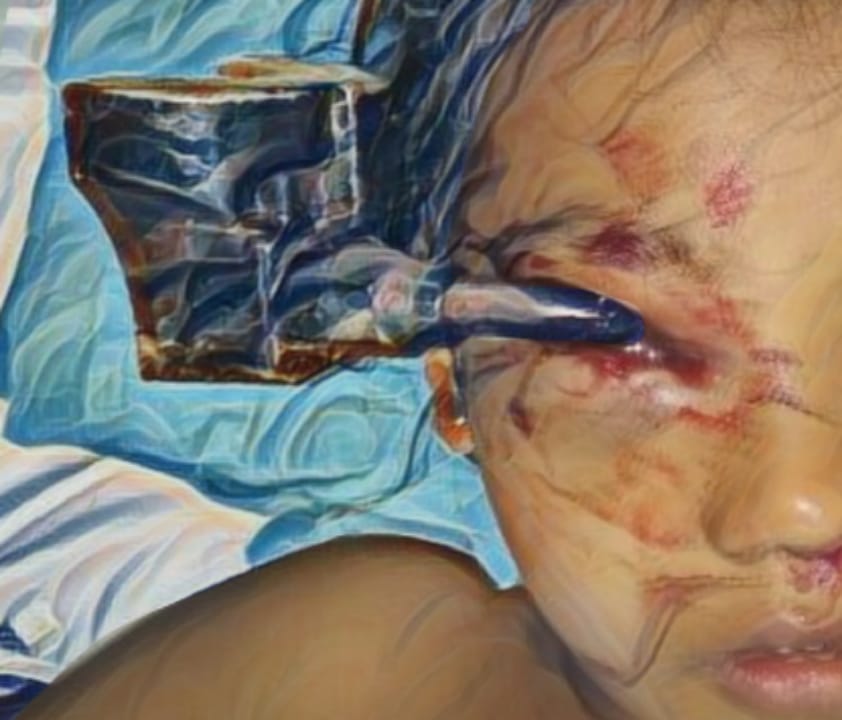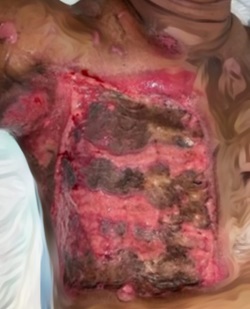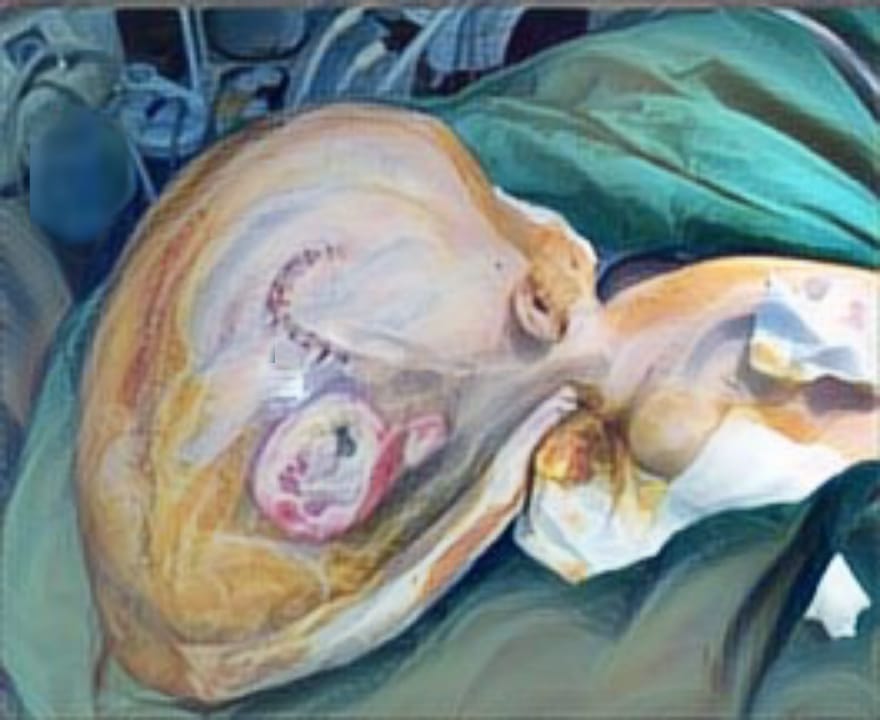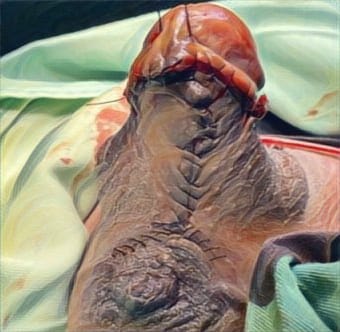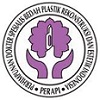THE EPIDEMIOLOGY OF PLASTIC SURGERY CASES IN A TERTIARY GENERAL HOSPITAL IN SURABAYA, INDONESIA
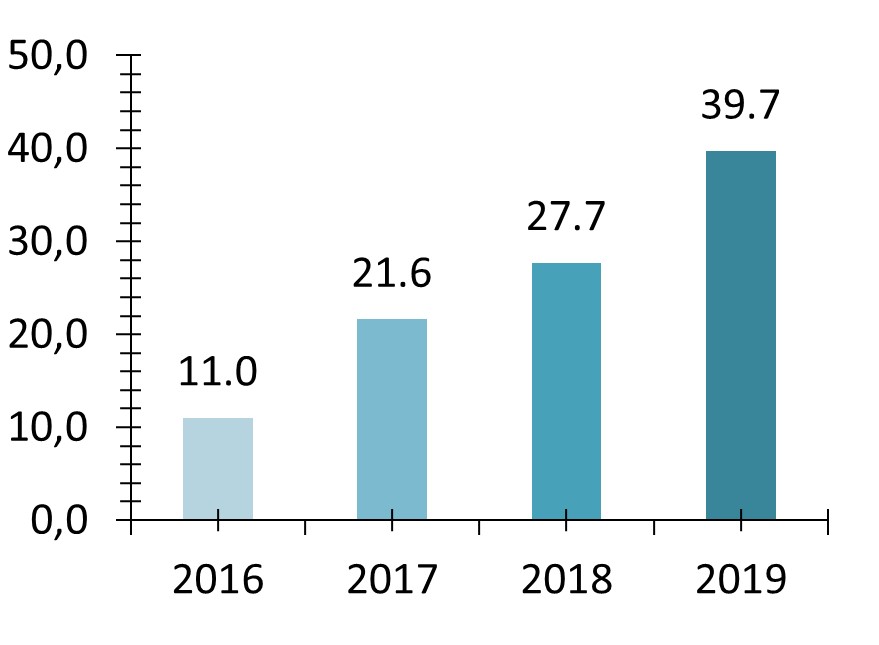
Downloads
Highlights:
- Medical data registries play a crucial role in improving medical knowledge and enhancing patient care.
- Burn injuries, microtia, and orofacial clefts were identified as the most common occurrences among the patients
- The demographic patterns observed provide valuable insights into the patient population seeking plastic surgery services.
Abstract:
Introduction: Medical data registries are useful databases with well-defined data collection mechanisms. A well-designed and implemented registry can give surgeons a wealth of data for research and quality improvement efforts. The aim is describe the epidemiology of plastic surgery cases in a tertiary general hospital in Surabaya, Indonesia.
Methods: A retrospective assessment of patients' medical records from 2016 to 2019 at Plastic Reconstructive and Aesthetic Surgery Unit, Dr. Soetomo General Academic Hospital, Surabaya, Indonesia was conducted. A variety of factors were recorded and evaluated, including the patients' age, gender, diagnosis, and year.
Results: We found that among 736 individuals' medical records during a four-year period, burn injuries (17.4%), microtia (11.7%), and orofacial clefts (11.5%) were the most prevalent occurrences. The majority of patients with burn injuries (31.3%), those with microtia (39.5%), those with cleft lip and palate (33%), and those with microtia (between the ages of 15 and 24) were all between the ages of 45 and 64. Patients who were men (52.6%) outnumbered those who were women (47.4%). This data indicates that there were more patients in 2019 than in previous years (397.%).
Conclusion: The analysis of plastic surgery cases revealed a steady increase in the number of cases each year. Burns accounted for the biggest percentage of patient requests for care (17.4%). The majority of patients were male, and 21.9% of them were between the ages of 15 and 24 who were seeking care most frequently.
Debas HT, Gosselin R, McCord C, et al. Surgery. In: Jamison DT, Breman JG, Measham AR, et al., editors. Disease Control Priorities in Developing Countries. 2nd edition. Washington (DC): The International Bank for Reconstruction and Development / The World Bank; 2006. Chapter 67. Available from: https://www.ncbi.nlm.nih.gov/books/NBK11719/Co-published by Oxford University Press, New York.
WHO.int. Constitution of The World Health Organization [Internet]. 2006 [updated 2020; cited 2020 February 25]. Available from: http://www.who.int/governance/eb/constitution/en/.
Chrysopoulo M. What's the difference between reconstructive and cosmetic procedures? [Internet]. San Antonio: American Society of Plastic Surgeons. 2018 [updated 2018 January 12; cited 2020 February 25]. Available from: https://www.plasticsurgery.org/news/blog/whats-the-difference-between-reconstructive-and-cosmetic-procedures.
Rani M, Schwacha MG. Aging and the pathogenic response to burn. Aging Dis. 2012 Apr;3(2):171-80. Epub 2011 Jul 4. PMID: 22724078; PMCID: PMC3377829.
Saaiq M, Ashraf B. Epidemiology and outcome of self-inflicted burns at pakistan institute of medical sciences, islamabad. World J Plast Surg. 2014 Jul;3(2):107-14. PMID: 25489533; PMCID: PMC4236991.
WHO.int. Burns [Internet]. 2018 [updated 2018 March 6; cited 2020 February 25]. Available from: https://www.who.int/news-room/fact-sheets/detail/burns.
Wardhana A, Winarno GA. Epidemiology And Mortality Of Burn Injury In Ciptomangunkusumo Hospital, Jakarta: A 5 Year Retrospective Study. Jurnal Plastik Rekonstruksi. 2019;6(1):45-9. doi:10.14228/jpr.v6i1.270
Sabiston DC. Buku ajar bedah bagian 1. In: Edisi 1. 1st ed. EGC.
Canfield MA, Langlois PH, Nguyen LM, Scheuerle AE. Epidemiologic features and clinical subgroups of anotia/microtia in Texas. Birth Defects Res A Clin Mol Teratol. 2009;85(11):905-913. doi:10.1002/bdra.20626
Baluch N, Nagata S, Park C, Wilkes GH, Reinisch J, Kasrai L, Fisher D. Auricular reconstruction for microtia: A review of available methods. Plast Surg (Oakv). 2014 Spring;22(1):39-43. PMID: 25152646; PMCID: PMC4128432.
Luquetti DV, Leoncini E, Mastroiacovo P. Microtia-anotia: a global review of prevalence rates. Birth Defects Res A Clin Mol Teratol. 2011;91(9):813-822. doi:10.1002/bdra.20836
Ryan MA, Olshan AF, Canfield MA, et al. Sociodemographic, health behavioral, and clinical risk factors for anotia/microtia in a population-based case-control study. Int J Pediatr Otorhinolaryngol. 2019;122:18-26. doi:10.1016/j.ijporl.2019.03.026
González-Andrade F, Lopez-Pulles R, Espín VH, Paz-y-Miño C. High altitude and microtia in Ecuadorian patients. Journal of Neonatal-Perinatal Medicine. 2010 Jan 1;3(2):109-16. doi:103233/NPM-2010-0102
Luquetti D V, Saltzman BS, Lopez-Camelo J, Dutra M da G, Castilla EE. Risk factors and demographics for microtia in South America: a case-control analysis. Birth Defects Res A Clin Mol Teratol. 2013;97(11):736-743. doi:10.1002/bdra.23193
Johns AL, Lucash RE, Im DD, Lewin SL. Pre and post-operative psychological functioning in younger and older children with microtia. J Plast Reconstr Aesthet Surg. 2015;68(4):492-497. doi:10.1016/j.bjps.2014.12.019
Nagata S. A new method of total reconstruction of the auricle for microtia. Plast Reconstr Surg. 1993;92(2):187-201. doi:10.1097/00006534-199308000-00001
Allareddy V. Orthognathic Surgeries in Patients With Congenital Craniofacial Anomalies: Profile and Hospitalization Outcomes. Cleft Palate Craniofac J. 2015;52(6):698-705. doi:10.1597/14-195
Agbenorku P. Orofacial clefts: a worldwide review of the problem. International Scholarly Research Notices. 2013;2013. doi:10.5402/2013/348465
Tollefson TT SJ. Unilateral cleft lip. In: Complete cleft care, ed. Thieme. ; 2014:37-59.
Altunhan H, Annagür A, Konak M, Ertuğrul S, Ors R, Koç H. The incidence of congenital anomalies associated with cleft palate/cleft lip and palate in neonates in the Konya region, Turkey. Br J Oral Maxillofac Surg. 2012;50(6):541-544. doi:10.1016/j.bjoms.2011.08.001
Mossey PA, Catilla EE. Global registry and database on craniofacial anomalies: report of a WHO Registry Meeting on Craniofacial Anomalies.
Triwardhani A, Permatasari GW, Sjamsudin J. Variation of Non-syndromic Cleft Lip/Palate in Yayasan Surabaya Cleft Lip/Palate Center Surabaya, Indonesia. Journal of International Oral Health. 2019;11(4):187-90.
Willcox DS. Cleft palate rehabilitation: interim strategies in Indonesia. Cleft Palate Craniofac J. 1994;31(4):316-320. doi:10.1597/1545-1569_1994_031_0316_cprisi_2.3.co_2
SmileTrainIndonesia.org. Kelahiran Sumbing [internet]. 2018. [updated 2018; cited 2020 February 25]. Available from: https://www.smiletrainindonesia.org/the-problem/cleft-births.html.
Copyright (c) 2023 Dwika Intania Riano, Lavonia Berlina Adzalika, Indri Lakhsmi Putri, Rachmaniar Pramanasari

This work is licensed under a Creative Commons Attribution-ShareAlike 4.0 International License.
JURNAL REKONSTRUKSI DAN ESTETIK by Unair is licensed under a Creative Commons Attribution-ShareAlike 4.0 International License.
- The journal allows the author to hold copyright of the article without restriction
- The journal allows the author(s) to retain publishing rights without restrictions.
- The legal formal aspect of journal publication accessbility refers to Creative Commons Attribution Share-Alike (CC BY-SA)












